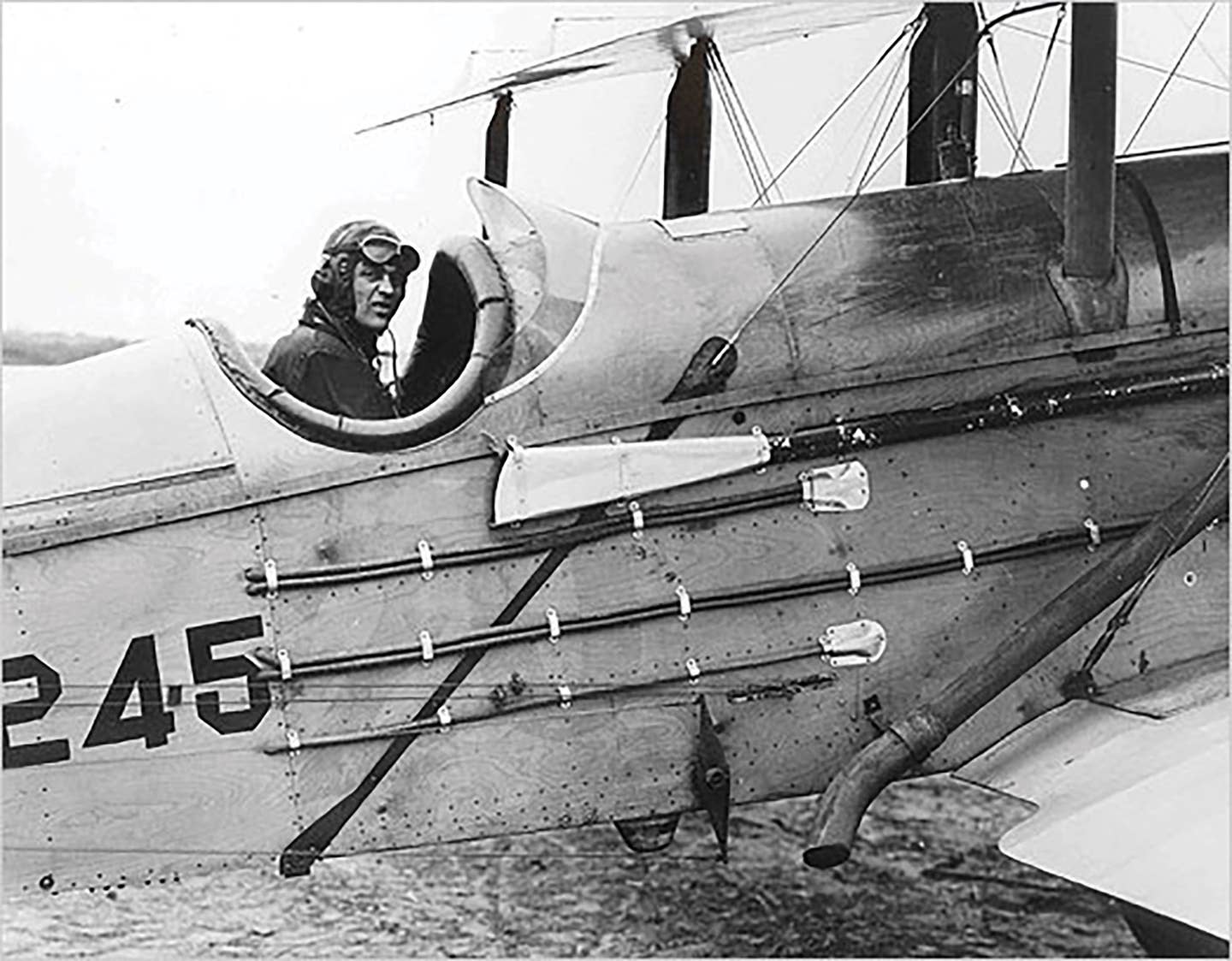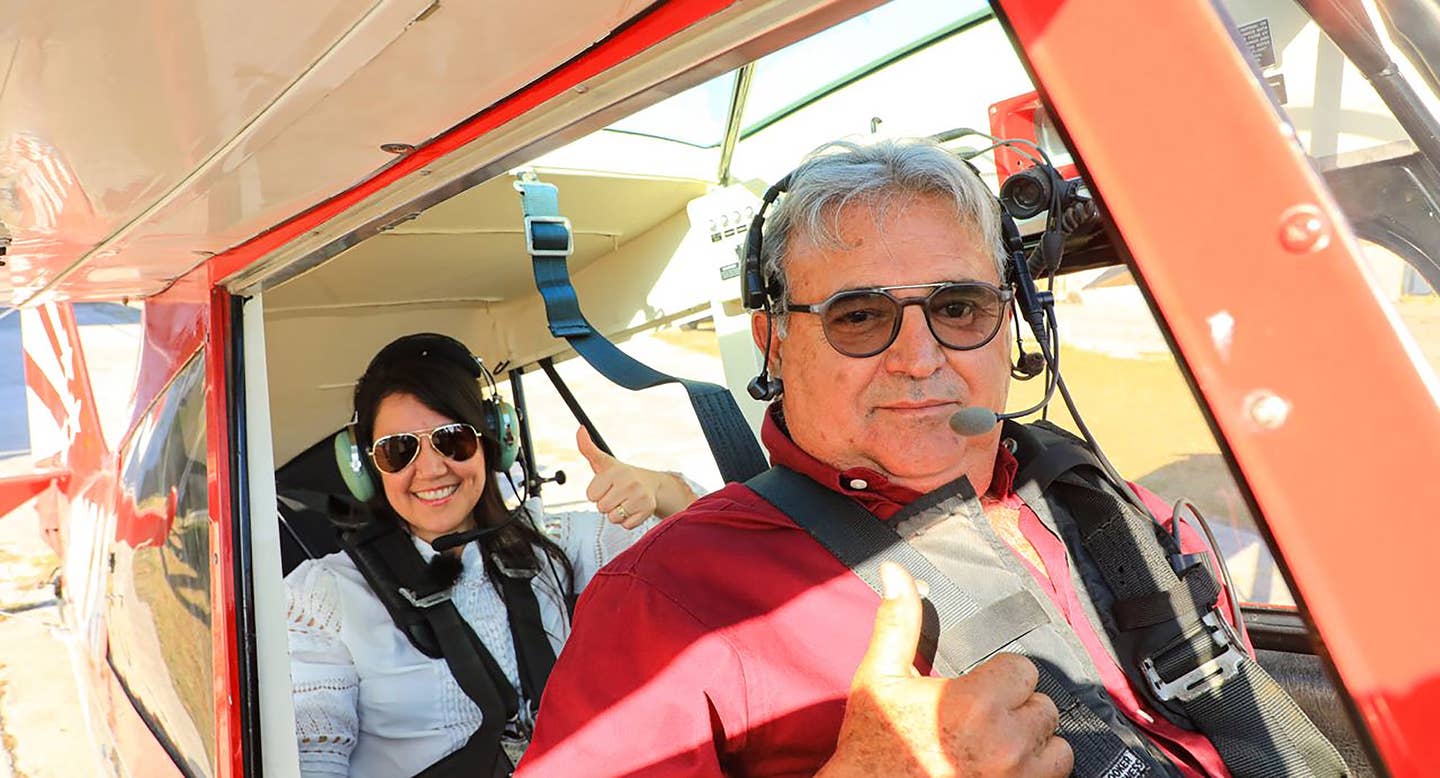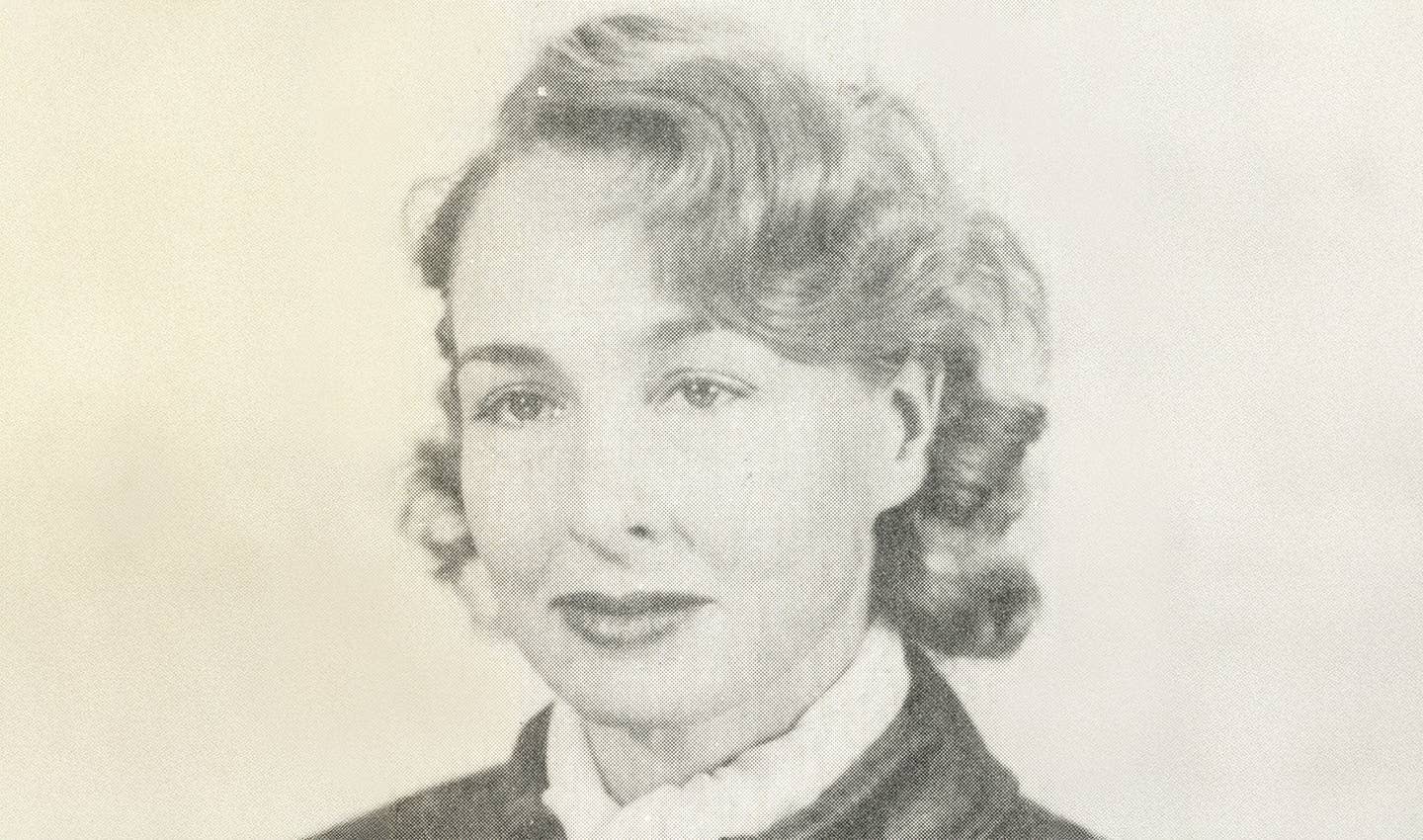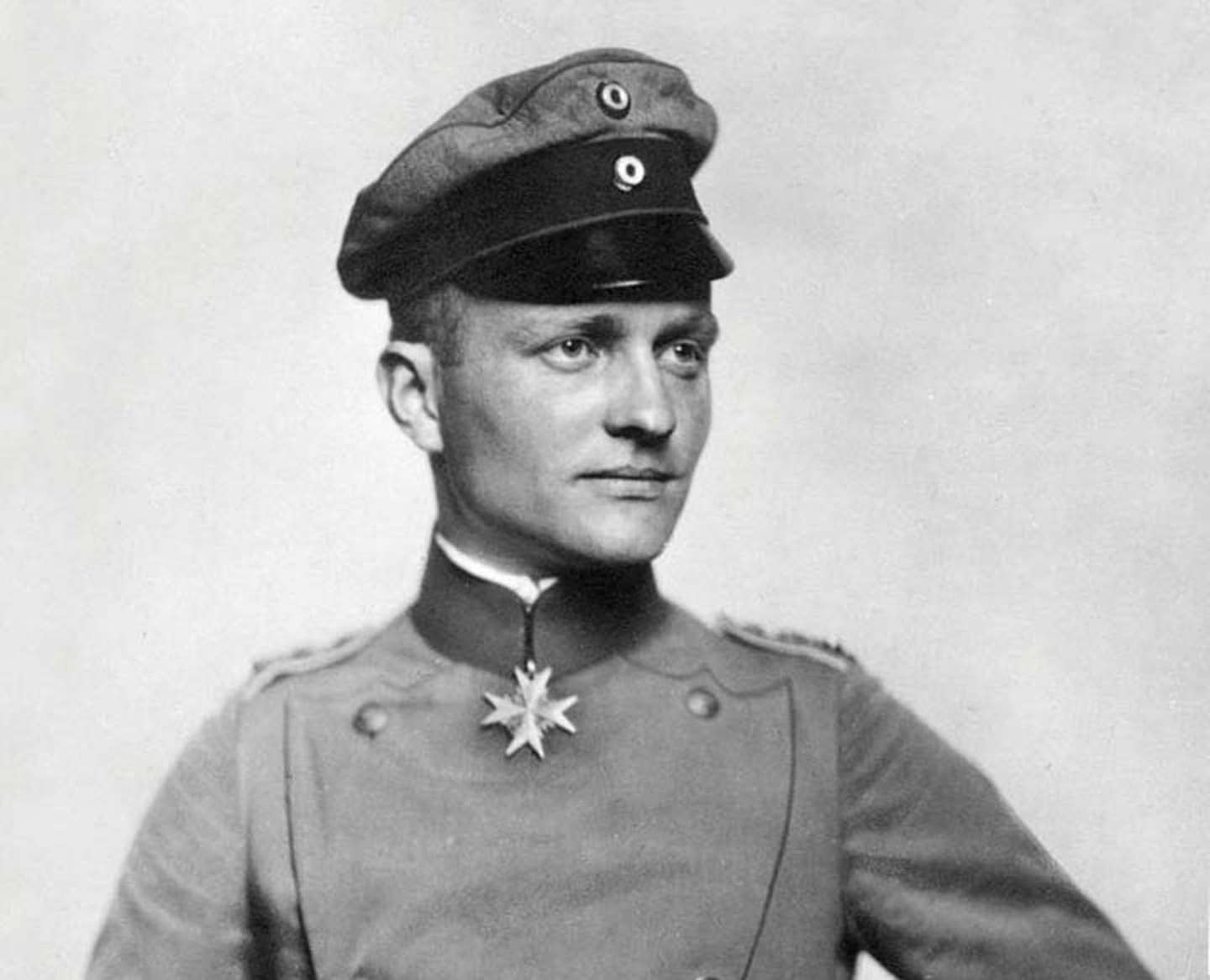Paul Poberezny
Late EAA founder spent much of his career promoting homebuilt aircraft.
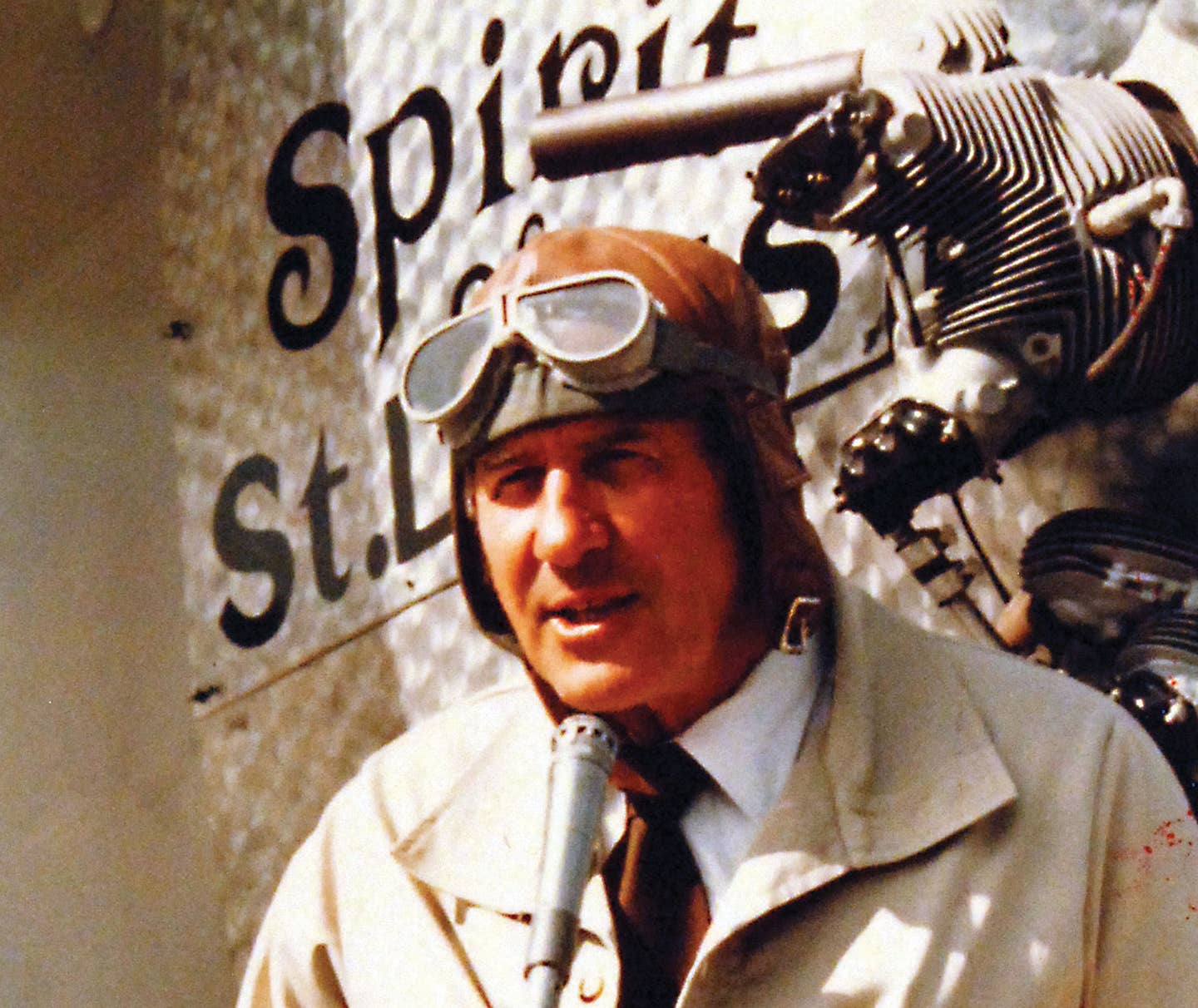
Paul Poberezny. Image: national Museum of the U.S. Navy.
Every year in late July over half a million aviation enthusiasts gather in the little town of Oshkosh, Wisconsin. The skies are abuzz with the sounds of aircraft—from 65 hp Piper J-3 Cubs to state-of-the-art military F-35s, and everything in between..
Over 800 exhibitors offer everything from T-shirts to college information, jewelry to airplane engines, and, of course, lots of airplanes.
For many, EAA AirVenture has become an annual pilgrimage, making its adage—“come for the airplanes, come back for the people”— ring true. Yet this massive gathering of similar-minded aviation enthusiasts experienced the humblest of beginnings with one man’s dream—and that was Paul Poberezny.
Born in 1921 in Leavenworth County, Kansas, Poberezny didn’t exactly grow up privileged, starting life in a tar paper shack as the son of Ukrainian immigrants. But like many new arrivals of the time, the American dream was there, and for Poberezny, it started with airplanes.
First it was model aircraft, and in high school, Paul learned to fly and repair a WACO primary glider, and later a Porterfield 35 monoplane. After his high school graduation, Poberezny restored an American Eagle biplane.
Like most men during this era, Poberezny would find himself serving in the military. After the attack on Pearl Harbor and the U.S. entering World War II, he applied and was accepted into the War Training Service program. While he primarily served as a flight instructor, he also became acquainted with the C-47, which would become his favorite aircraft for life.
With the end of WWII, Poberezny returned home to his wife, Audrey. While being grateful to finally be able to settle down, his final logbook entry from military service reads: “SO ENDS MY ARMY FLYING. DAMN IT.”
But money was tight, and Poberezny would find himself back in the Wisconsin Air National Guard. He served during the Korean War, returning home after a year. Audrey suggested he start a local flying group—what we know today as the Experimental Aircraft Association. A mailing campaign produced 36 members, and as EAA member No. 8 Duane Cole recalled, “there were other names suggested, but the majority felt that the Experimental Aircraft Association sounded more prestigious than any of the others offered.”
Poberezny was a big believer in experimental aircraft. His first design was a plane dubbed Little Audrey, built from the hull of the Howard DGA-3 “Pete” racer with a set of Luscombe wings. But it was the Corben Baby Ace, built by Poberezny in 1954, that would launch EAA and homebuilt aircraft into the public eye. His plans for the plane appeared in Mechanix Illustrated and was later featured on the cover.
Poberezny would continue to design and build his own aircraft, with designs such as the Pober Pixie, Pober Junior Ace, and Super Ace. And while it was the homebuilt aircraft that were the backbone of the EAA, word of the gathering in Oshkosh was bringing in more and more types of aircraft.
“Everyone is welcome,” said Poberenzny. “Who do we tell to stay away?”
Poberezny would fly just about anything with wings. One estimate credits him with flight time in over 500 different types of aircraft, ranging from common to extraordinary. His last flight review came in a B-17, and his logbook boasts more than 30,000 flight hours.
Poberezny died in Oshkosh in 2013 at the age of 91.
All his accolades are too many to mention, but it is certainly notable that on FLYING Magazine’s 2013 list of the “51 Heroes of Aviation,” Poberezny was ranked ahead of legendary figures such as Bob Hoover, Amelia Earhart, and Jimmy Doolittle.
And every July in Oshkosh for one special week, it’s easy to see his legacy in play at the world’s largest aviation gathering.

Subscribe to Our Newsletter
Get the latest Plane & Pilot Magazine stories delivered directly to your inbox

